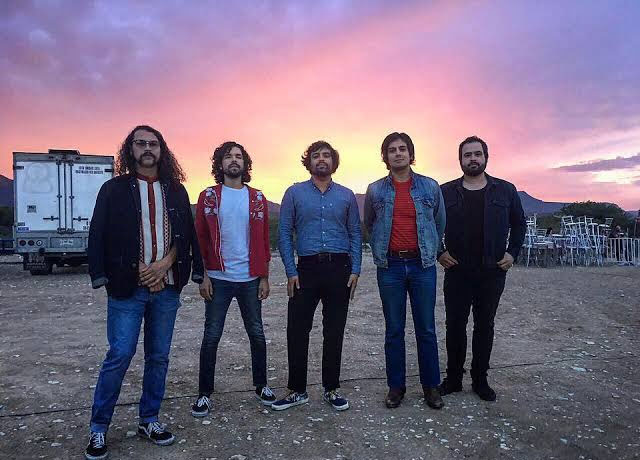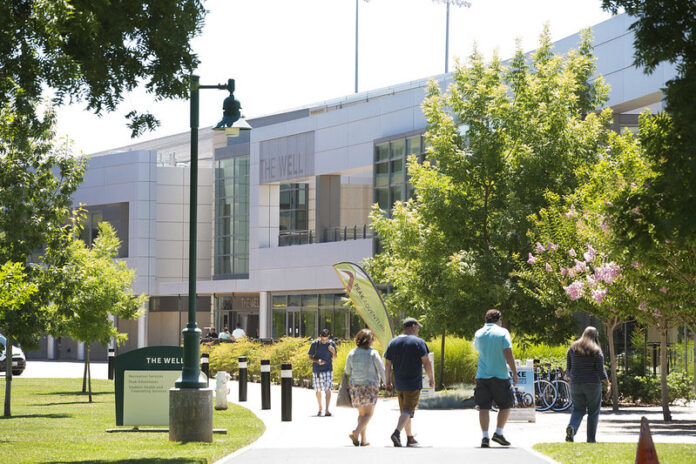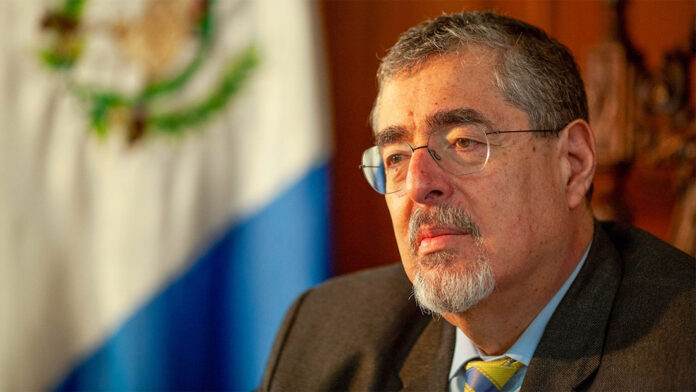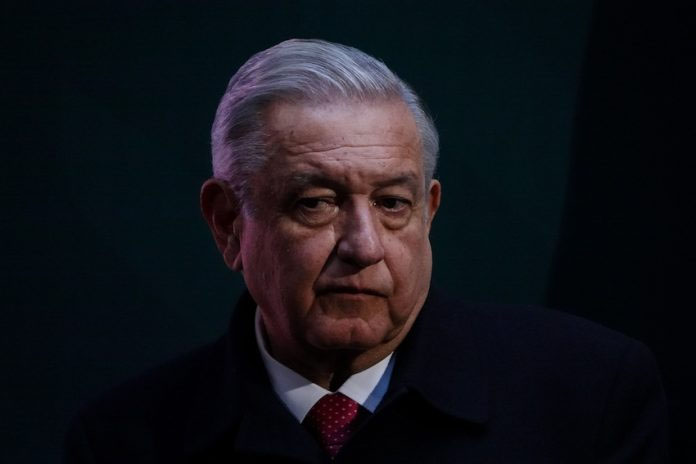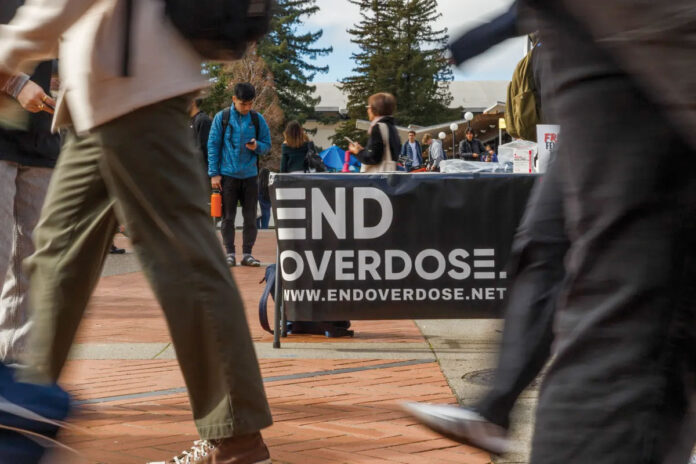by Mexico News Daily
Mexico retained the enviable title of top exporter to the United States in January, sending products worth more than US $38 billion to its North American neighbor, according to U.S. government data.
Mexico also remained the United States’ top trade partner in the first month of the year, with two-way trade between the countries increasing just under 1 percent in annual terms to $64.52 billion, the highest figure ever for the month of January.
The U.S. Census Bureau and the U.S. Bureau of Economic Analysis published data on Thursday that showed that Mexico’s exports to the United States were worth $38.04 billion in January, a 2.8 percent increase compared to the same month of 2023. That was Mexico’s highest ever revenue total for exports shipped to the United States in the month of January. The value of Mexican exports to the U.S. has now risen during nine consecutive months.
Mexico ranked ahead of China and Canada as the No. 1 exporter to the U.S. in January. While the value of Mexican exports to the U.S. increased, the value of those from both China and Canada fell.
In 2023, Mexico surpassed China to become the top exporter to the United States, ousting the East Asian economic powerhouse from a position it had occupied for two decades.
In January, 15 percent of all exports to the United States came from Mexico, which ships a range of products to its USMCA trade partner including cars, auto parts, electronics, crude oil, alcoholic beverages and agricultural products.
The total value of those exports easily exceeded the value of Mexico’s imports from the U.S. in January. United States exports to Mexico were worth $26.48 billion, down slightly from a year earlier, leaving Mexico with a trade surplus of $11.56 billion with the U.S. in the first month of 2024. Mexico’s surplus in January was just over 15 percent higher than it was in the same month of last year.
In 2023, Mexico was the United States largest trade partner for the first time in four years, dislodging Canada from the position it occupied in 2022.
Mexico’s exports to the U.S. were worth $475.6 billion last year, a 4.6 percent increase compared to 2022, while two-way trade totaled $798.8 billion, up 2.5 percent compared to the previous year.
Mexico’s exports to the United States and the rest of the world are expected to continue increasing in coming years as more and more foreign manufacturing companies establish a presence here, including firms from China seeking to circumvent U.S. tariffs on Chinese-made goods.
With reports from Reforma and El Financiero
In other Mexico news:
Ayotzinapa student killed by police in confrontation in Guerrero
A student from the Ayotzinapa Rural Teachers’ College in Guerrero was killed in a confrontation with state police in Chilpancingo on Thursday, authorities said.
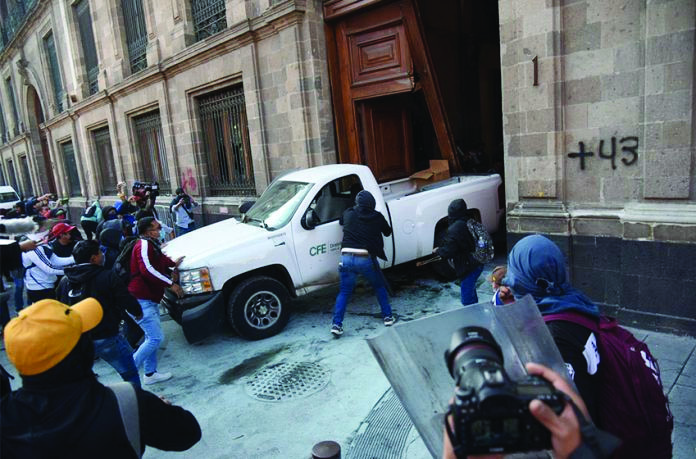
President Andrés Manuel López Obrador confirmed the death at his Friday morning press conference in Morelia, saying that it was “very regrettable” that “this situation” occurred “a day after a protest was carried out at the National Palace.”
On Wednesday morning, Ayotzinapa students used a pickup truck to break open wooden doors at the National Palace during a protest related to the disappearance and presumed murder in 2014 of 43 young men who were studying to become teachers at the Ayotzinapa school.
On Thursday night, Yanqui Rothan Gómez Peralta, 23, was killed when police shot at the occupants of a vehicle reported as stolen.
According to a statement from the Guerrero Ministry of Public Security (SSP), police used live security camera footage to locate the pickup truck and came under fire when they approached it near a hotel in Chilpancingo. The officers returned fire and one of the aggressors was injured, according to the SSP statement.
The Guerrero Attorney General’s Office later said that it had initiated a homicide investigation in connection with the incident. López Obrador said Friday that in addition to the death of one student, another young man was wounded.
According to the SSP, police found a pistol in the stolen pickup as well as cartridges, three small bags of “a crystalline substance” — presumably methamphetamine — and beer.
Speaking at his morning press conference, López Obrador said that the second victim was not seriously injured. He conveyed his condolences to the family of the man who was killed and said he would ask the Federal Attorney General’s Office to take charge of the case.
“We’re going to respectfully ask that it investigate well and announce what happened,” he said.
“… It wasn’t a clash between police and protesters,” stressed the president, who frequently speaks out in support of people’s right to demonstrate peacefully. “… We don’t want anyone to lose their life.”
State government officials also asserted that there was no concerted effort on the part of Guerrero police to go after students from the Ayotzinapa school, who frequently participate in protests that sometimes turn violent.
Ayotzinapa students responded to the death of their fellow future teacher by seizing and setting on fire two state police vehicles in Chilpancingo, local media reported. The Ayotzinapa Rural Teachers’ College is located around 15 kilometers east of the state capital in the municipality of Tixtla.
The death of the young man raises tension at a time when the families of the 43 abducted students, current Ayotzinapa students and others are already angry about the government’s failure to deliver justice in the almost 10-year-old case that occurred during the president of Enrique Peña Nieto.
Well over 100 people — including military personnel and police officers — have been arrested in connection with the students’ disappearance, but no one has faced trial or been convicted of the crime. The remains of just three students have been found.
The current government initiated a new investigation soon after taking office and pledged to definitively determine what happened to the young men. But just seven months before the end of López Obrador’s six-year term, it still hasn’t delivered on its promise, although it did publish a new report last September that outlines three “possible reasons” for the abduction of the students.
The president this week said that the government is “making progress in the investigation,” and reiterated that it would uncover the truth and “find the young men,” whose abduction and presumed murder is one of the most notorious criminal cases in Mexican history.
With reports from López-Dóriga Digital, Quadratín, El Universal and Milenio.




